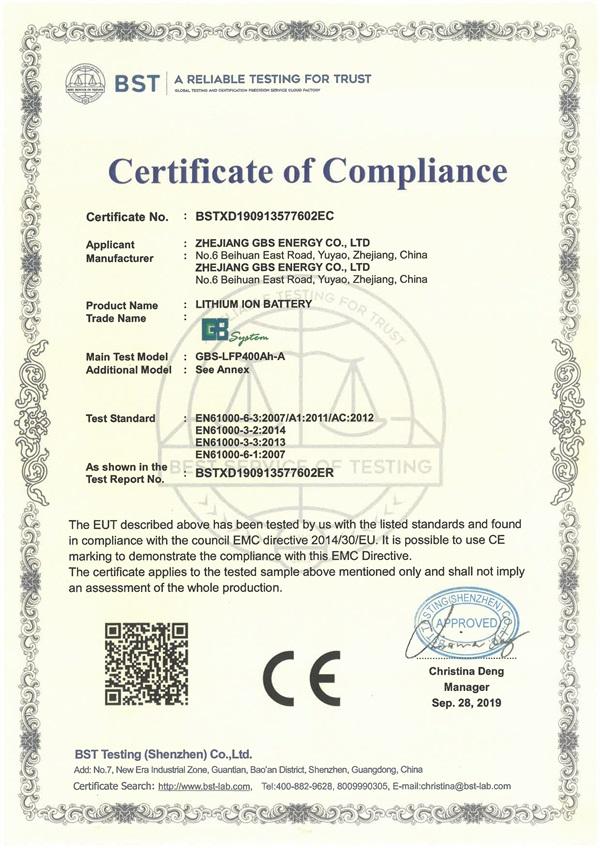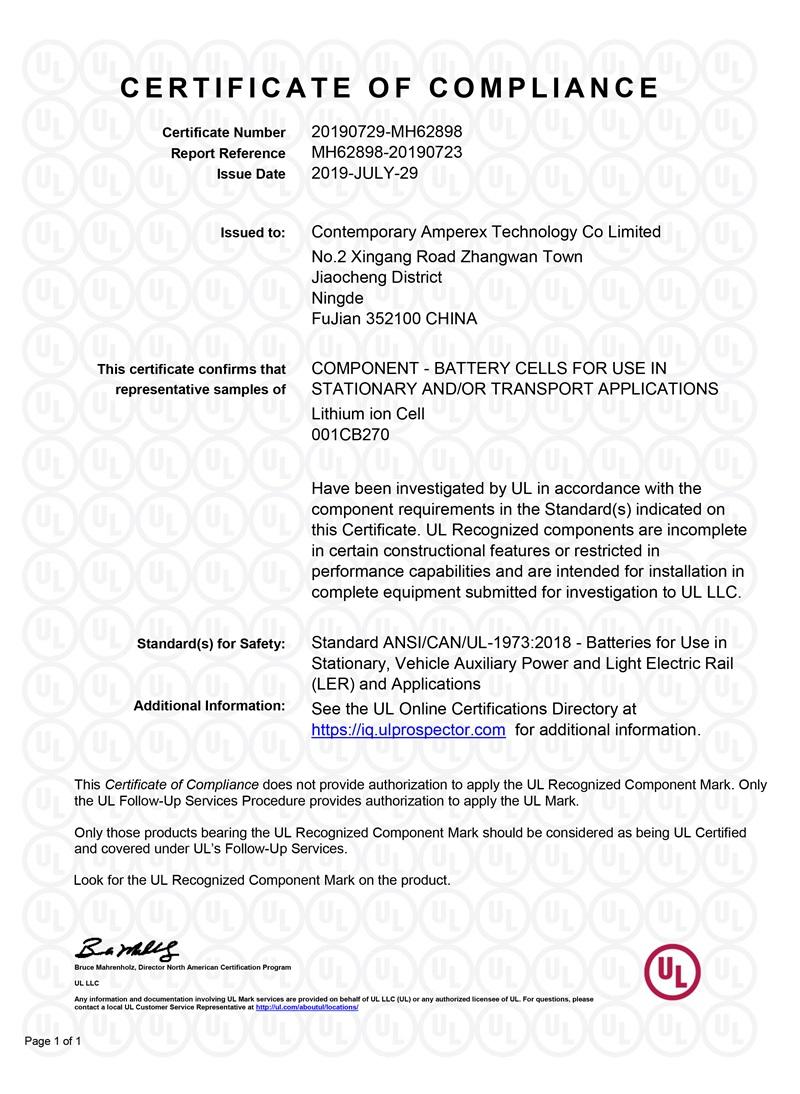Blog
Everything You Need to Know About the BYD Blade Battery
2025-06-16 | Calvin
BYD's Blade Battery is a long-cell battery solution (based on a square aluminum shell). Building upon BYD's original battery dimensions (previously dominated by the 173 and 148 models), the Blade Battery reduces cell thickness while increasing cell length, resulting in a design that is elongated and thinner.
Compared to traditional battery systems, the Blade Battery system reduces component count by over 40%. Although its gravimetric energy density increases by only 9%, its volumetric energy density (VCTP) surges by more than 50%, while costs are cut by over 30%.

The internal structure of a multi-cell Blade Battery primarily consists of: 1) aluminum cell casing, 2) cell electrodes, 3) sampling harness, 4) protective film (inner layer), 5/7/8) insulation, 6) bottom cover, 9) top cover, and 10) protective film (outer layer).
Advantages of BYD's Blade Battery
Compared to batteries made from other materials, BYD's Blade Battery holds the most technological advantages. It addresses six critical challenges for automotive batteries: safety, lifespan, structural strength, range, charging speed, and low-temperature performance.
Safety
In terms of safety, BYD's Blade Battery is "ultra-safe." BYD's self-developed lithium iron phosphate (LFP) material ensures minimal exothermic decomposition when fully charged, with high initiation temperature, slow heat release, low heat generation, and no oxygen emission.
Even under extreme testing conditions—such as gradual heating to 300°C (5°C/min)—the Blade Battery exhibited no fire or explosion. Similarly, at voltages as high as 10V (2.6 times Vmax), no fire or explosion occurred.
The Blade Battery has passed the industry's most objective and rigorous nail penetration and crush tests. In the nail penetration test, a 5mm steel needle pierced the center of the battery at 25mm/s, yet the Blade Battery produced no smoke or fire. During the crush test, it only emitted smoke without igniting. This resilience stems from its integrated cell-to-pack design, which significantly enhances side-impact resistance. Additionally, its straight-cell structure, high-temperature ceramic insulation, and smoke-isolation channels make it a "battery that's hard to ignite."
Lifespan
The Blade Battery boasts an "ultra-long lifespan," thanks to multi-faceted technological innovations.
At the cell level, its LFP chemistry offers excellent reversibility, low voltage hysteresis, and minimal expansion during charge/discharge. By mitigating iron dissolution in the LFP cathode, it prevents anode material degradation, slowing capacity fade.
At the pack level, its modular design ensures uniformity and even temperature distribution. Innovative mechanical engineering also keeps expansion forces controllable throughout the battery's lifecycle. As a result, the Blade Battery withstands over 3,000 cycles, enabling a range of up to 1.2 million kilometers.
Structural Strength
The Blade Battery is "ultra-strong," owing to a unique honeycomb aluminum plate design. Engineers eliminated traditional crossbeams at the pack’s base and sandwiched multiple blade cells between structural layers, enhancing overall rigidity.
Range
The Blade Battery achieves "super range." Its volumetric energy density rivals that of 811 ternary lithium batteries, allowing high-capacity batteries in compact spaces. With packs exceeding 100kWh, a single charge easily delivers over 600km—a milestone that redefines EVs, ending range anxiety and challenging ICE vehicles' dominance.
Charging Speed
Tests show the Blade Battery can charge from 5% to 80% in just 18 minutes. Backed by ultra-high power output, it charges faster and safer. While slow charging was once seen as EVs' Achilles' heel, the Blade Battery adds hundreds of kilometers in under 20 minutes. Coupled with widespread charging infrastructure and lower electricity costs, range is no longer a concern.
Low-Temperature Performance
The Blade Battery excels in "ultra-low temperatures." In cold, low-SoC conditions, its LFP cells outperform nickel-cobalt-manganese (NCM) ternary batteries in power output. Even after 400 cycles at -10°C and 0.2-0.3C discharge rates, capacity retention exceeds 80%, making it ideal for winter climates.
- Next:How Charging and Discharging Rates Affect Your Battery: Everything You Need to Know
- Previous:Tesla Battery Types: A Simple Guide for Model S, 3, X, and Y
Contact Details
Lithium LiFePO4 Batteries and Lithium LiFePO4 Cells Supplier - LiFePO4 Battery Shop
Contact Person: Miss. Elena Wang
WhatsApp : +8615263269227
Skype : +8615263269227
WeChat :15263269227
Email : info@lifepo4batteryshop.com
All Products
- A123 Battery (5)
- Sinopoly Battery (7)
- GBS Battery (16)
- CALB Battery (22)
- Cylindrical Cell (3)
- Energy Storage System (0)
- Battery Management System (2)
- Sodium ion Battery Cell (3)
- Lithium Titanate Battery (16)
- Ternary Lithium Battery Cell (11)
- REPT Battery (8)
- BYD Battery (2)
- CATL Battery (14)
- Thunder Sky Winston Battery (21)
- EVE Battery (29)
- LiFePO4 Battery Cell (4)
Certification
Customer Reviews
- I have fond memories of our meeting in Shanghai with LiFePO4 Battery Shop Elena. Your company left a strong impression on me with its impressive growth and professionalism. We both value straightforwardness and honesty, which I believe are the most important qualities in any partnership. I am confident that we can build a successful collaboration based on these shared values. —— Robert from USA
- I've been working with LiFePO4 Battery Shop for years, and their reliability is unmatched. While other suppliers frequently change sales teams, LiFePO4 Battery Shop has consistently provided exceptional service with a stable team. Their commitment to quality and customer support truly sets them apart. —— Henry from Australia



